Ukraine is finally getting NATO tanks, but equipment it received earlier in January might be the real game-changer
- By Steve Balestrieri
Share This Article
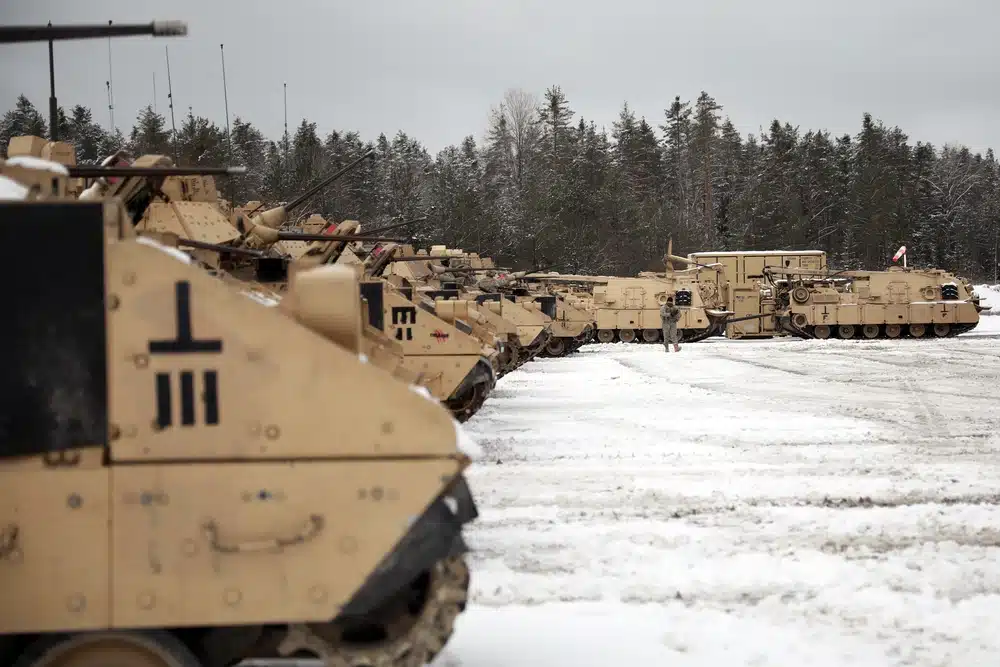
This week President Biden announced that the U.S. will send 31 M1A2 Abrams tanks to Ukraine. Germany finally relented and agreed to send 17 Leopard 2 main battle tanks too. Poland is sending 14 Leopard 2s and 60 additional tanks. More European countries will likely soon send additional Leopards. Further, the U.K. agreed to send 14 Challenger tanks.
American vs. Russian armor
Kyiv will need tanks for its expected spring offensive to retake more territory. At the outset of the war, Ukraine had about 850 tanks. They have lost about half that number in combat. However, due to the vast number of Russian tanks that they’ve captured, they have more tanks than they started with.
The M1A2 Abrams can effectively engage armor 3,500-4,000 meters away and has better optical sights than Russia’s tanks. Russia’s T-90, its most advanced tank, has an effective range of 2,000-3,000 meters in the day and 2,000-2,600 meters at night. Further, the U.S. tank has much better stabilization than Russia’s allowing it to fire more accurately on the move, and its crew compartment is much better protected. On the other hand, in Russian tanks, ammunition is stored inside the turret which is therefore usually blown off if the tank suffers a hit.
However, equipment included in a previous aid package could have a much larger effect on the battlefield.
Related: AbramsX tank launches kamikaze drones and goes electric
They aren’t tanks but Ukraine needs them more
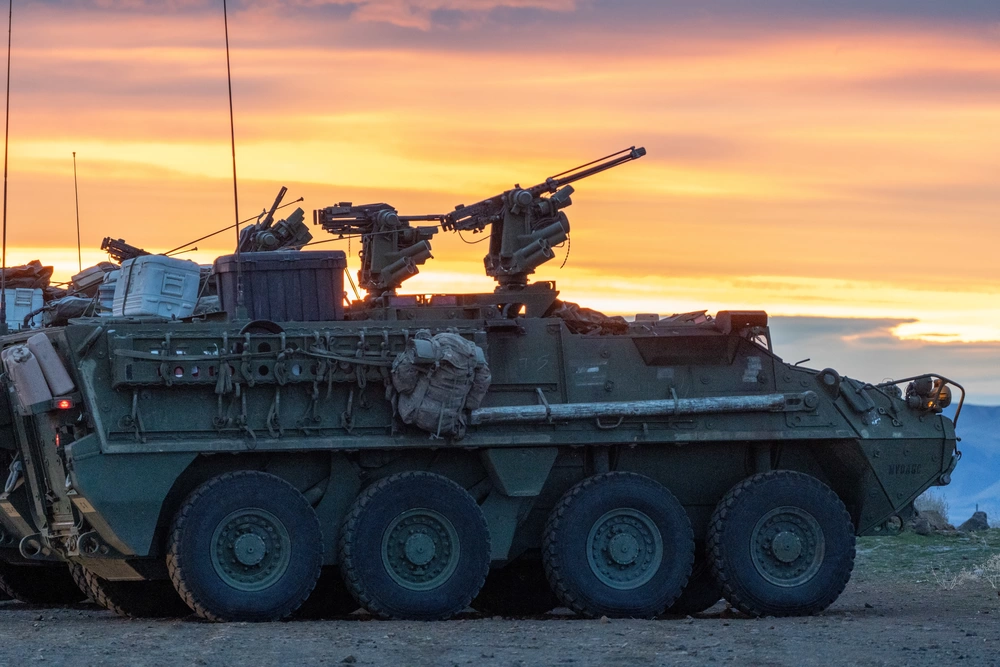
Infantry Fighting Vehicles (IFVs) and Armored Personnel Carriers (APCs) may ultimately be more valuable in Ukraine’s efforts to defeat Russia.
The problem with the Western tanks is their weight. Both the Abrams and the Leopard weigh well over 60 tons, and with the spring thaw, those heavy tanks will most likely be road-bound or risk getting bogged down, which could make them vulnerable to anti-armor ambushes.
Yet, the Bradley and Marder IFVs are much faster and can easily traverse cross-country terrain due to their lighter weight. The M1126 Stryker Combat Vehicle APC is even lighter, more mobile, and more transportable than even the Bradleys are. The vehicles are also much better armed than their Russian counterparts.
Related: Watch: Russian armored personnel carrier destroyed in Russian retreat
One misconception needs to be cleaned up: Many people have been referring to Bradleys as light tanks. They are not. They are designed to bring the infantry into and out of the combat zone. However, with the 25mm Bushmaster cannon and TOW missiles, the Bradleys can wreak havoc on Russian armor and APCs.
In early January, the U.S. announced it would send 59 Bradleys and 90 Strykers to Ukraine. Germany will send 40 Marders, and other European countries have joined in too.
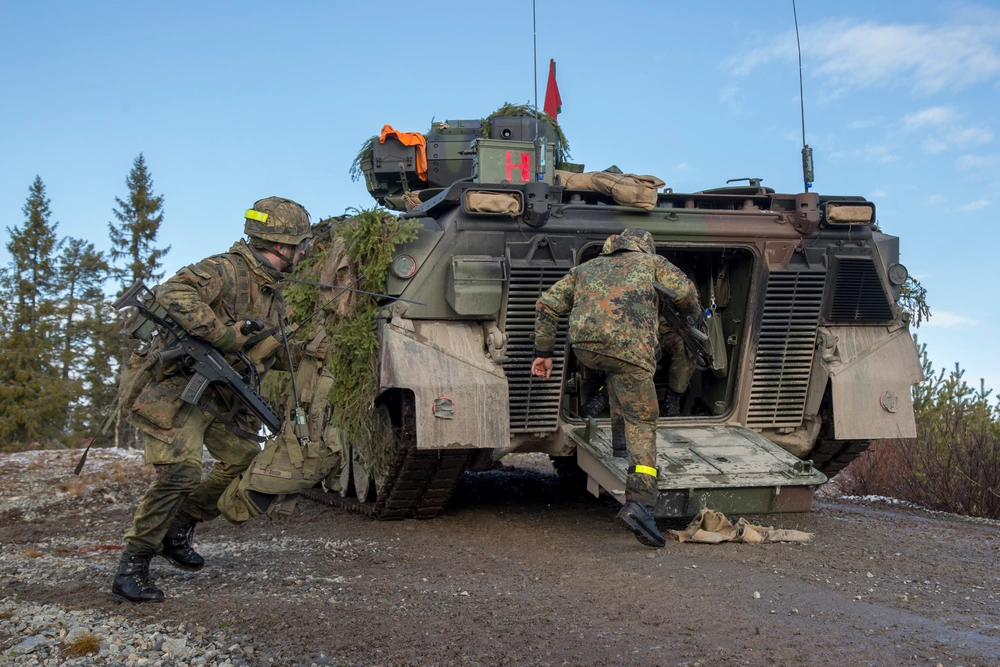
According to Rob Lee, a senior fellow at the Foreign Policy Research Institute think tank, these new vehicles that Ukraine will receive are more significant than tanks and this author agrees.
Personally, I think deliveries of new IFVs and APCs, like the Bradley and Stryker, are more significant than tanks because Ukraine lacks enough IFVs/APCs and the relative improvement of a Bradley/Stryker over BMP-1/MRAP is even greater than Leopard 2 over many Ukrainian tanks. 6/
— Rob Lee (@RALee85) January 25, 2023
Ukraine has already proved that it is much better at true combined arms operations, while Russia still follows the old Soviet-era doctrine that has proved unsuccessful. Ukraine has synchronized armor, infantry, artillery, aviation, engineers, and special operations forces much better than Russia.
If Ukraine is to punch through the Russian defenses again this spring, it will need the armor to do so. And with its infantry forces being more mobile with the inclusion of better and more IFVs and APCs it could make the Russian military pay even more dearly this time around.
Feature Image: M2 Bradley Infantry Fighting Vehicles assigned to 1st Battalion, 7th Cavalry Regiment, 1st Armored Brigade Combat Team, 1st Cavalry Division, wait to fire at Grafenwoehr Training Area, Germany, Jan. 13, 2021. (Photo by Staff Sgt. Thomas Stubblefield/1st Armored Brigade Combat Team, 1st Cavalry Division)
Read more from Sandboxx News
- Ukraine destroys S-400 air defense system claimed to be able to shoot down the F-35
- Now that Ukraine is finally getting the tanks it wants, it’s already looking for the next big thing — fighter jets
- Sabotage targets: A saboteur’s guide to targeting an invading force
- Russia uses ‘relic’ weapons in Ukraine, including the 9K111 Fagot anti-tank system
- The ultimate guide to the Patriot air defense system
Related Posts
Sandboxx News Merch
-

‘Sandboxx News’ Dad Hat
$27.00 Select options This product has multiple variants. The options may be chosen on the product page -

‘AirPower’ Golf Rope Hat
$31.00 Select options This product has multiple variants. The options may be chosen on the product page -

A-10 ‘Thunderbolt Power’ Poster
$22.00 – $28.00Price range: $22.00 through $28.00 Select options This product has multiple variants. The options may be chosen on the product page
Steve Balestrieri
Related to: Breaking News, Ukraine
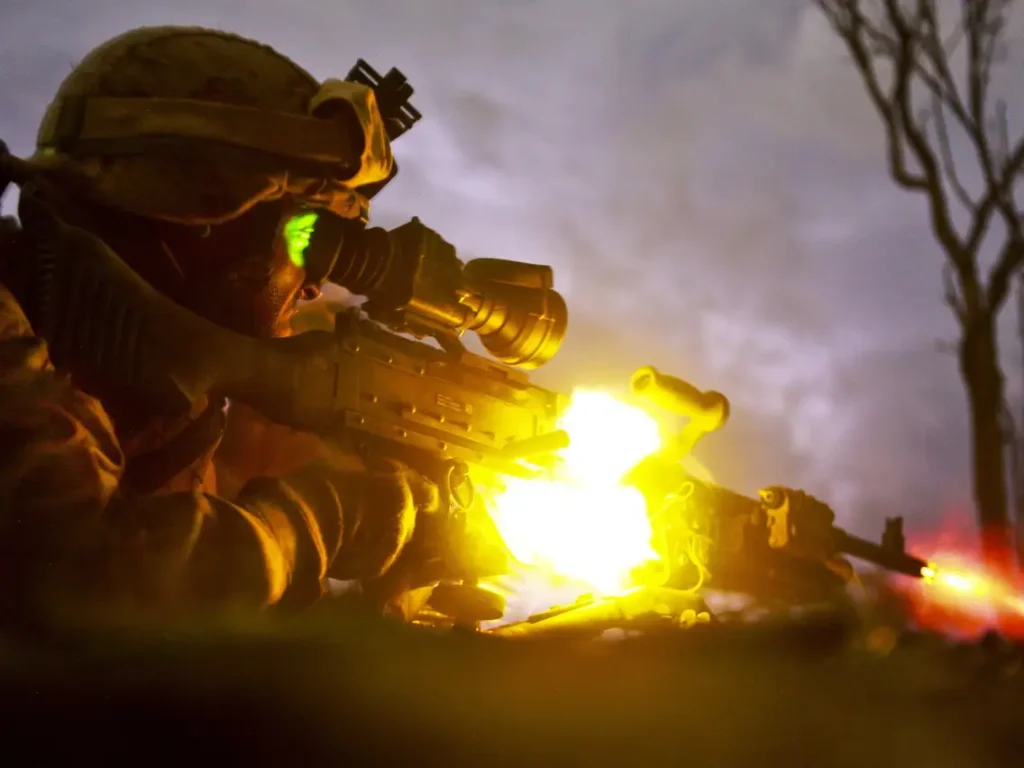
How US Special Forces took on Wagner Group mercenaries in an intense 4-hour battle
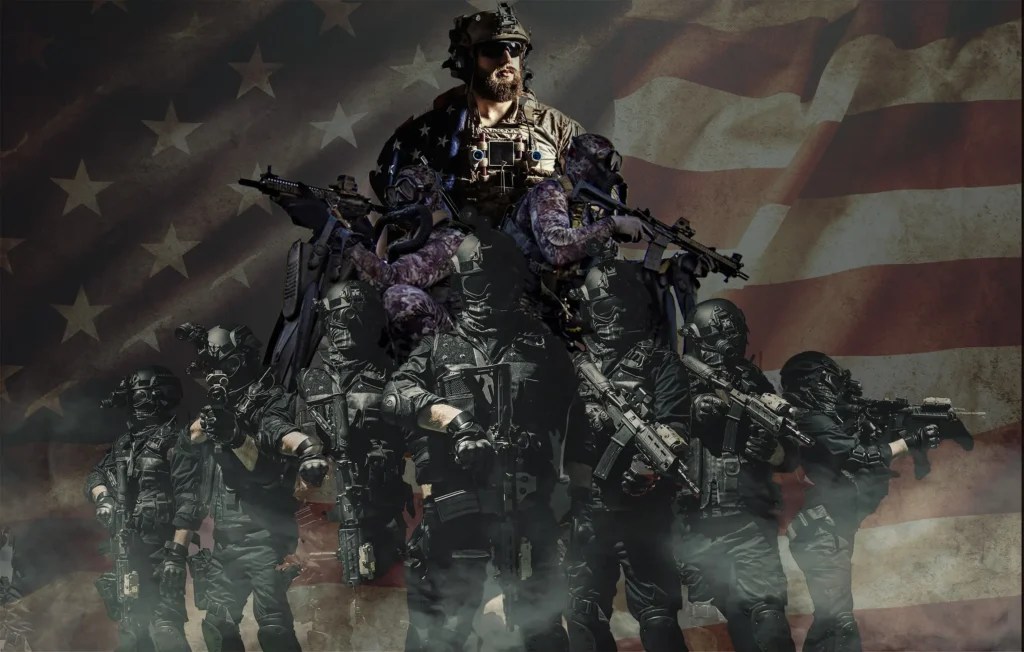
The social hierarchy of US special operations units

It took more than stealth to make the F-117 Nighthawk a combat legend
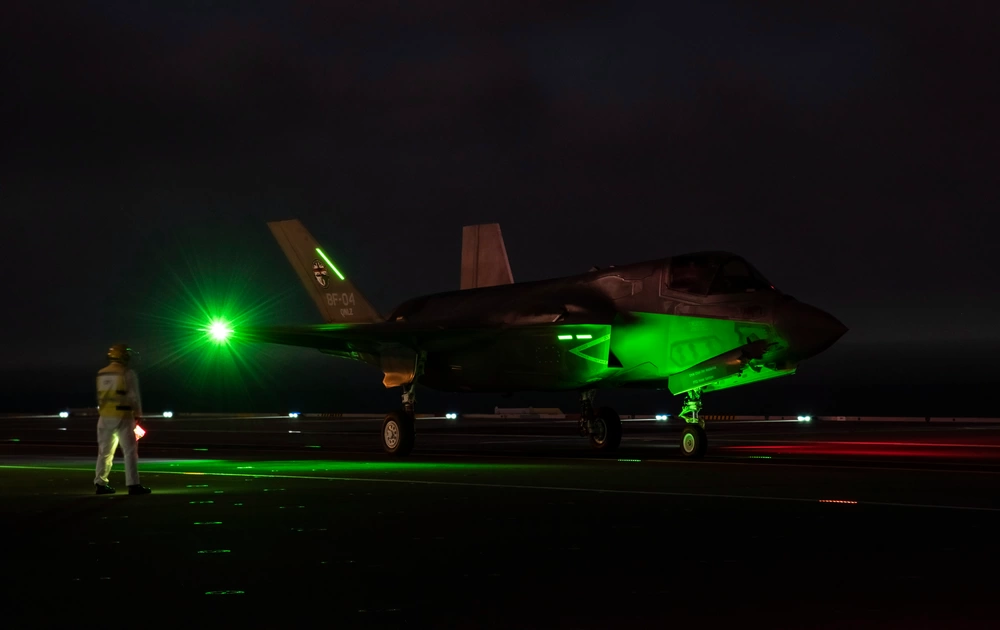
New material from North Carolina State University could revolutionize stealth aircraft (and even warship) design
Sandboxx News
-

‘Sandboxx News’ Trucker Cap
$27.00 Select options This product has multiple variants. The options may be chosen on the product page -

‘AirPower’ Classic Hoodie
$46.00 – $48.00Price range: $46.00 through $48.00 Select options This product has multiple variants. The options may be chosen on the product page -

‘AirPower’ Golf Rope Hat
$31.00 Select options This product has multiple variants. The options may be chosen on the product page -

‘Sandboxx News’ Dad Hat
$27.00 Select options This product has multiple variants. The options may be chosen on the product page
